Leather is an exceptional material. It’s flexible, timeless in style and can withstand decades of use. But these defining features only apply when you invest in the right type of leather. There are three main features that determine the quality of leather: the grade, the hide and the tanning process.
Understanding how each impacts leather’s durability and strength will allow you to make informed decisions when purchasing products.
In this guide to leather quality, we’ll teach you how to do just that and ultimately to get the best bang for your buck.
How is leather made?
First let’s go back to basics to understand what leather is made of and where it comes from.
Real leather is made from the skin of an animal. Known as a hide, it is light yet strong and naturally water-resistant, resulting in a flexible material that can be used to make furniture, fashion accessories and clothing, footwear, car furnishings and various other products.
The hide goes through an in-depth process before it is turned into leather. This includes:
- Curing and fleshing to remove fats and salts
- Liming and de-liming to remove hair
- Splitting to separate the flesh layer from the top grain
- Bating and pickling to expand and soften the hide
After this preparation process, the hide is then tanned using chromium salts or vegetable tanning extracts before the last finishing stage. Here the leather may be stretched, hand-painted or split for a particular thickness.
Read on to discover more about the types of animal hides and varying tanning processes.

What are the different types of leather?
When we talk about different types of leather, we refer to the layers of the original hide that are preserved in the finished material. This is what’s known as leather grades.
Listed from best quality to worst, the five types, or grades of leather are full grain leather, top grain leather, genuine leather (also known as premium leather), split-grain leather and bonded leather.
An animal’s hide is split into four sections; the grain, grain and corium junction, the corium and the flesh. The better the quality of the leather, the more layers it preserves.
What is full grain leather?
Full grain leather is considered the highest quality leather as it is left in the most natural state. Rather than being split, full grain leather is made using the majority of the animal hide; essentially keeping everything but the hair and flesh. This results in a thicker, heavier material that creates extremely durable leather goods. Find out more about what makes the most durable leather.
By keeping the outer layer, full grain leather also preserves the hide’s natural grain. From every scratch to scrape, each mark is celebrated making every piece unique. Its quality is the best your money can buy and unlike any other grade of leather, it only gets better with age.
What is top grain leather?
Top grain leather is created by sanding or buffing away the outermost layer of the animal hide. This gives it a more uniform look and is therefore often used for mid-range manufactured products. It leaves a more flexible, softer finish however this makes it less durable over time.
What is genuine leather?
Genuine, or premium leather may sound like the best option but is in fact the opposite. The other name for genuine leather is corrected-grain leather, as it is sanded down to remove inconsistencies before being dyed or painted. This often results in a thinner, weaker material used for cheaper leather goods such as belts.
What is split leather?
Split grain leather only uses the corium section of the hide. This results in the most fragile form of real leather and therefore has a low life expectancy. You may find it on steering wheels or cheap leather furniture. An artificial layer is also often added to split leather to strengthen it.
What is bonded leather?
Bonded leather (also known as composition or blended leather) is made from scraps of leather fibres mixed with rubber or polyurethane binding materials. It is then embossed with a leather texture to give the appearance of a certain grain.
How to check for real leather
Real leather is a natural, beautiful material that will feel soft, warm and have a distinctive woody smell. Unlike faux leather it can be stretched and will have a grainy surface. You can also test for real leather by placing a single drop of water on the material (never more!). If it is absorbed, then it’s real.
Whilst also checking for real leather, you should also enquire about the grain of the material. Full grain leather is always your best option when it comes to utmost quality, so always look for features of grade that celebrates leather’s natural look and feel.
The natural characteristics of leather are:
- Thickness
- Water-resistance
- Soft and supple
- Marks, scars and variations
- Wrinkles and creases with use

Types of leather hides
Real leather can be produced using the skin of any animal. Most commonly this includes cows, sheep, goats and pigs. Cattle is by far the most popular type of hide, making up for over two thirds of the world’s leather production.
Each produces a slightly different texture and thickness with cow leather being the firmest and sheepskin being the softest. Discover how each type of leather measures up in our leather hide comparison guide.
Here at Billy Tannery, we’re famous for our signature goat leather which turns leftover hides from the food industry into beautiful vegetable tanned material. We love our goat hides for their unparalleled durability and lightweight nature which makes this type of leather perfect for leather accessories.
We’re also experimenting with other hides that otherwise go to waste, most recently including deerskins, an incredibly hard wearing material that we use to make beautiful deer leather products. Keep up to date with our latest innovations on Instagram.
Choosing sustainable leather
Many people think real leather can’t be ethical but this isn’t true. Much of the world’s leather is created from the millions of animal skins leftover from the food industry. And as the demand for meat increases (despite the popularity of veganism), more quality hides are thrown or burnt rather than used.
Whilst vegan leather may sound like a more eco-conscious option, this material actually uses more plastics and synthetic materials that create more waste in the long run. Find out more in our guide to the rise of eco leather.
It’s therefore important to consider where your leather has been sourced, supporting local producers where possible. Learn more about our leather making process and microtannery at Billy Tannery.

Leather tanning
Tanning is the process that turns animal hides into wearable and durable leather. This takes place after the skin has been cleaned and the hair removed.
There are various types of leather tanning processes but the main methods are:
- Chrome tanning
- Vegetable tanning
- Combination tanning (a mixture of the above)
Chrome tanning is how most manufactured leather is made. It’s quick, cheap and very efficient but can cause environmental damage if not done carefully. Various acids and chemicals including inorganic metal salts are used to tan the leather, which if released into waterways can result in toxic water pollution.
Vegetable tanning is the only environmentally friendly leather tanning method. Used for thousands of years, this traditional process uses natural resources from trees including bark, leaves and roots. This is made into a powder and mixed with water in which the hides are soaked for a long period.
Here at Billy Tannery, we use mimosa extracts to vegetable tan our goat leather. Whilst a more time-intensive process, vegetable tanning results in a higher-quality leather that is not only ethically made but also produces a beautiful patina that develops over the years.
Find out more in our guide to what is vegetable tanned leather?

Choosing the best leather to buy
Full grain leather is the best quality grade, whilst vegetable tanning ensures the material will age beautifully over time. Whilst this leather may be more expensive than lower quality grades, you will benefit from years, if not decades, of use.
What to find out more about shopping for leather? Get our advice on how to buy the best handmade leather goods.
Billy Tannery are leaders in luxury leather goods. From bags to accessories, our sustainable goat leather and deer suede matches durability with timeless style. Discover our full range of leather products and find your next piece today.
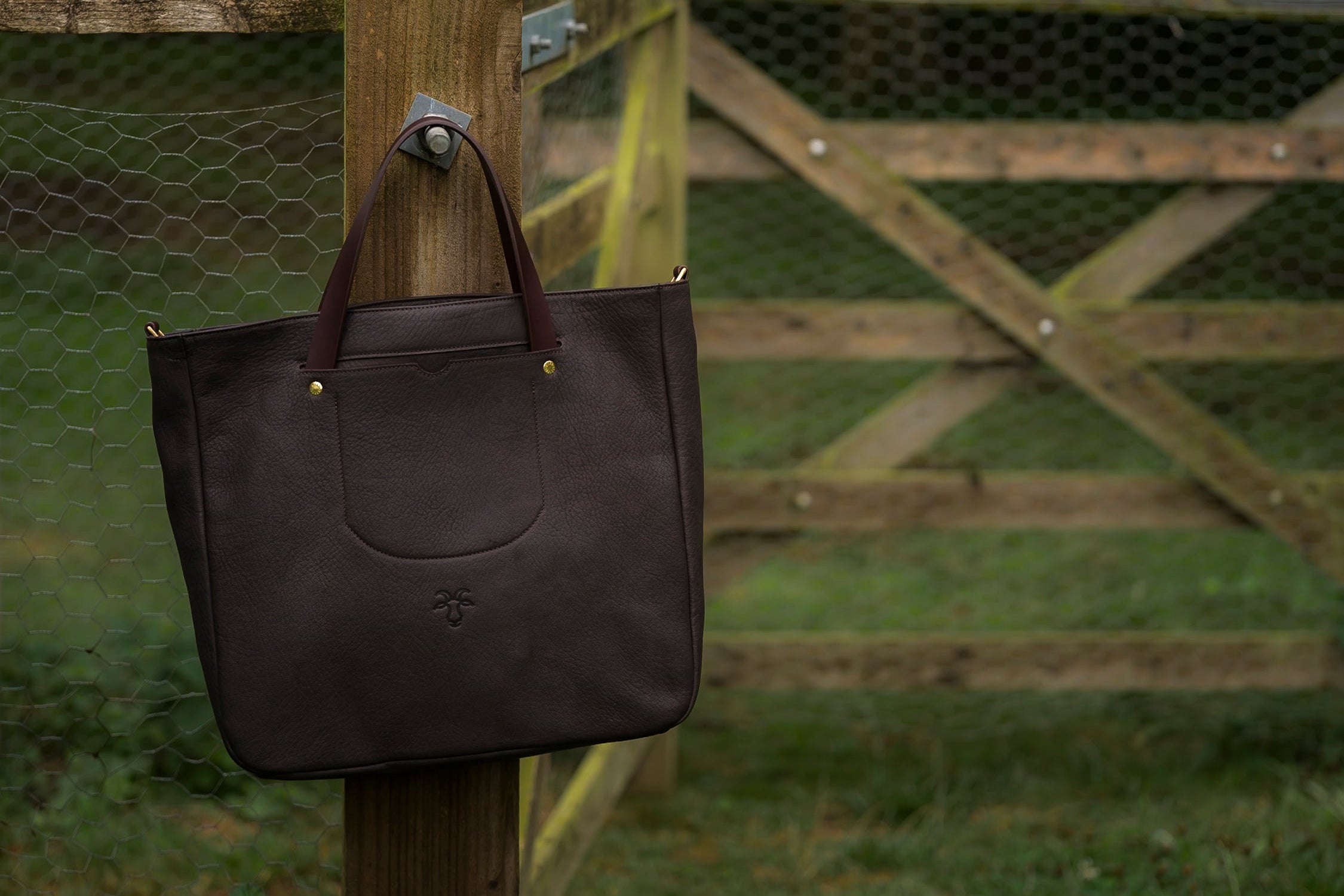
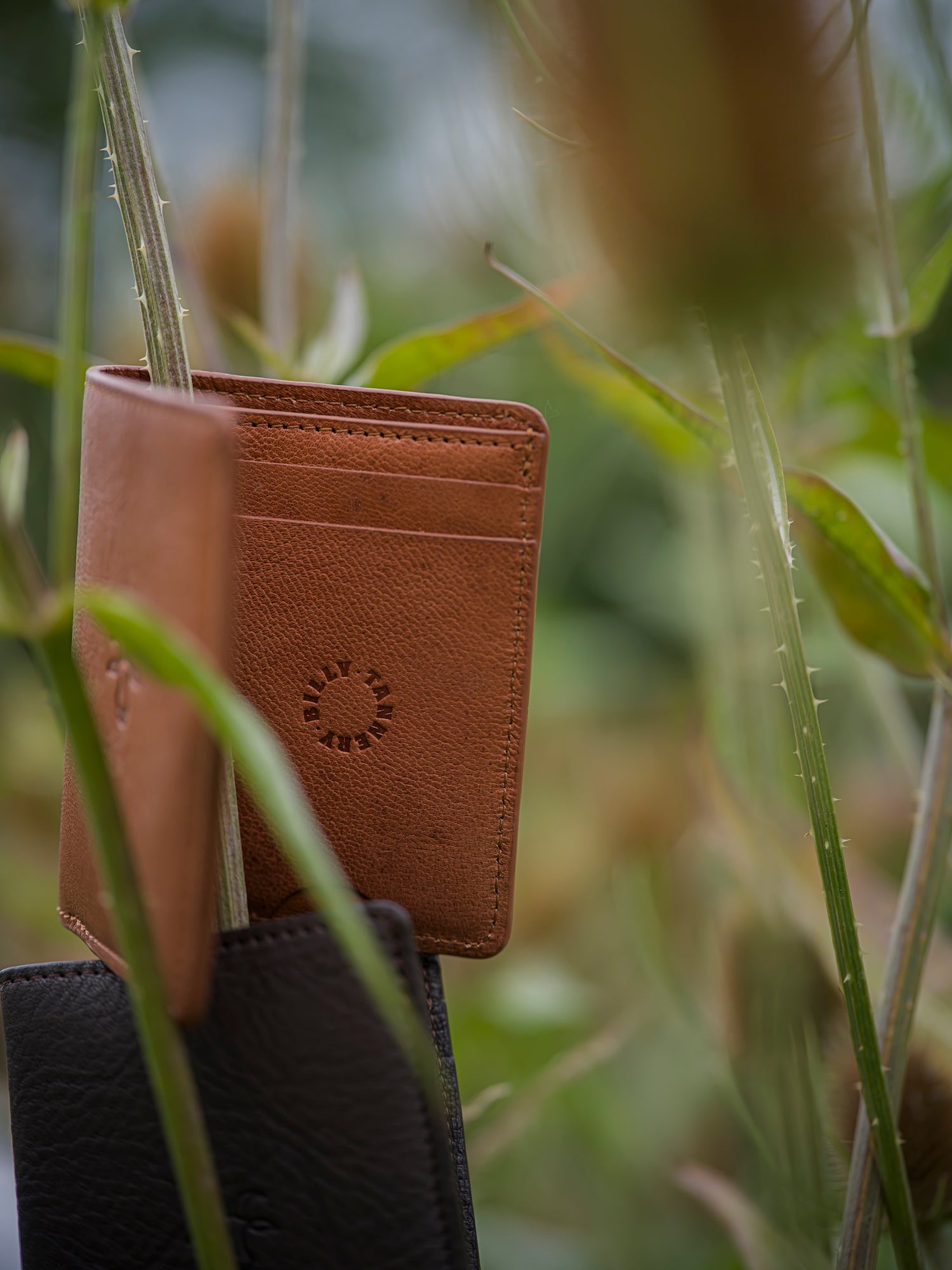
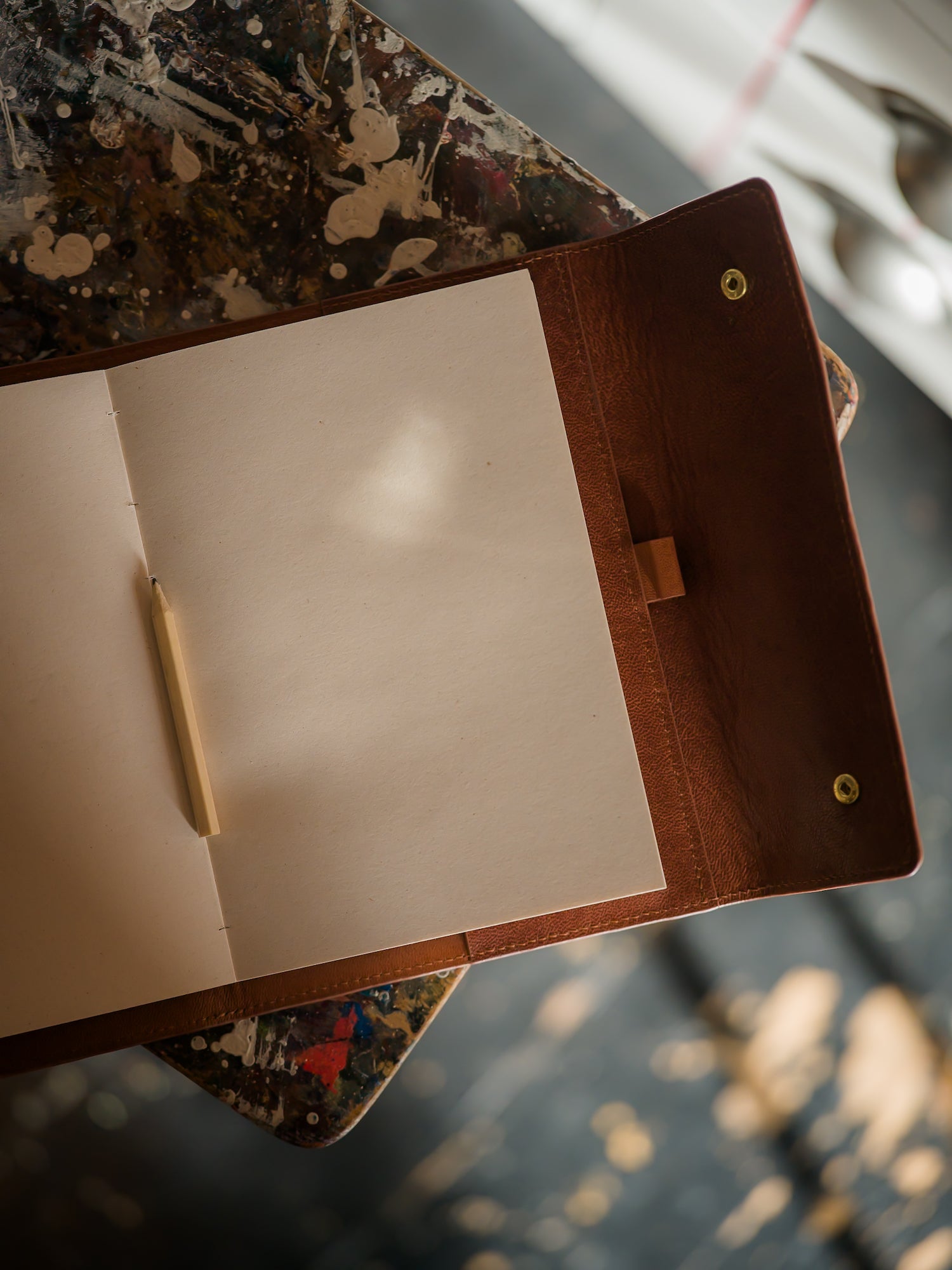



















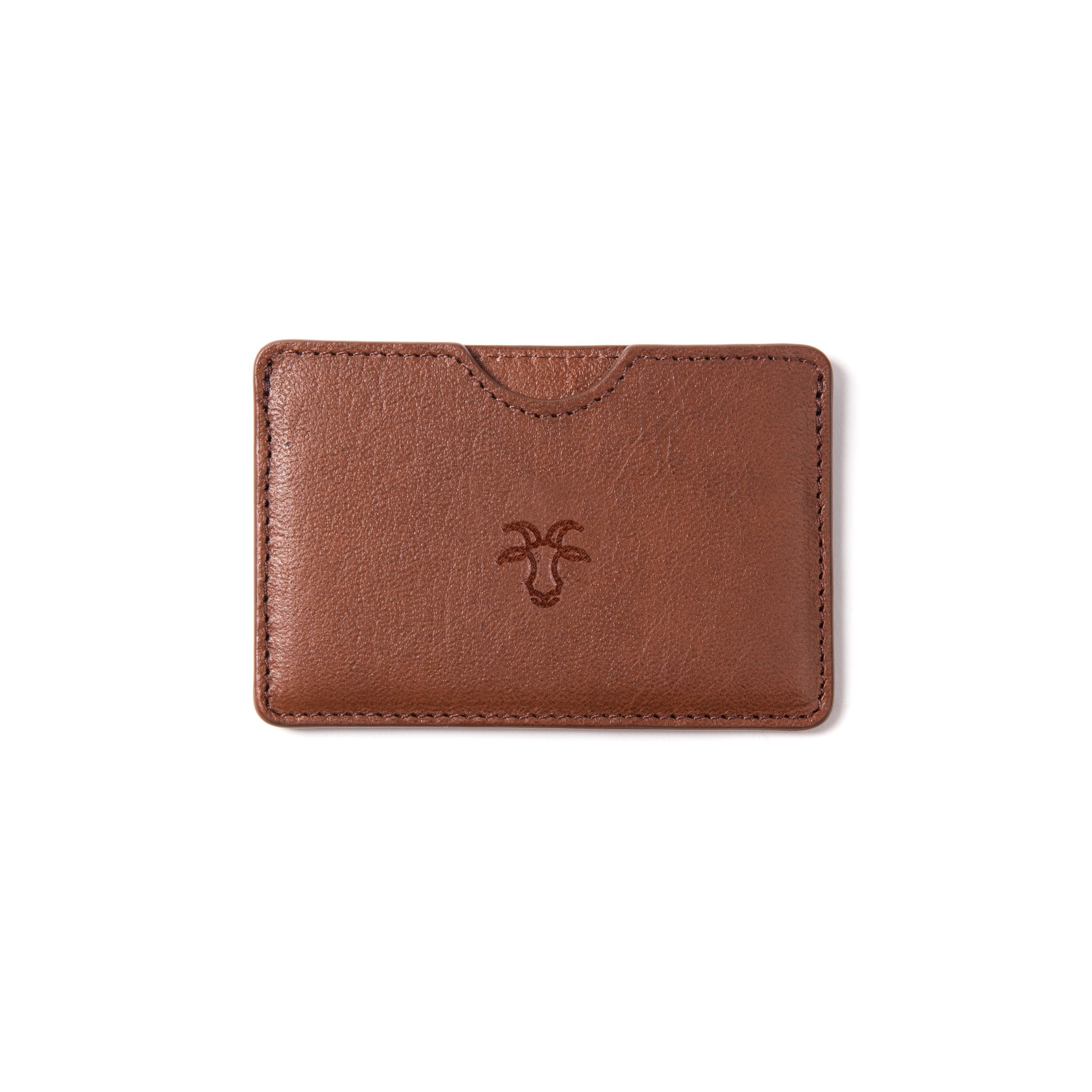










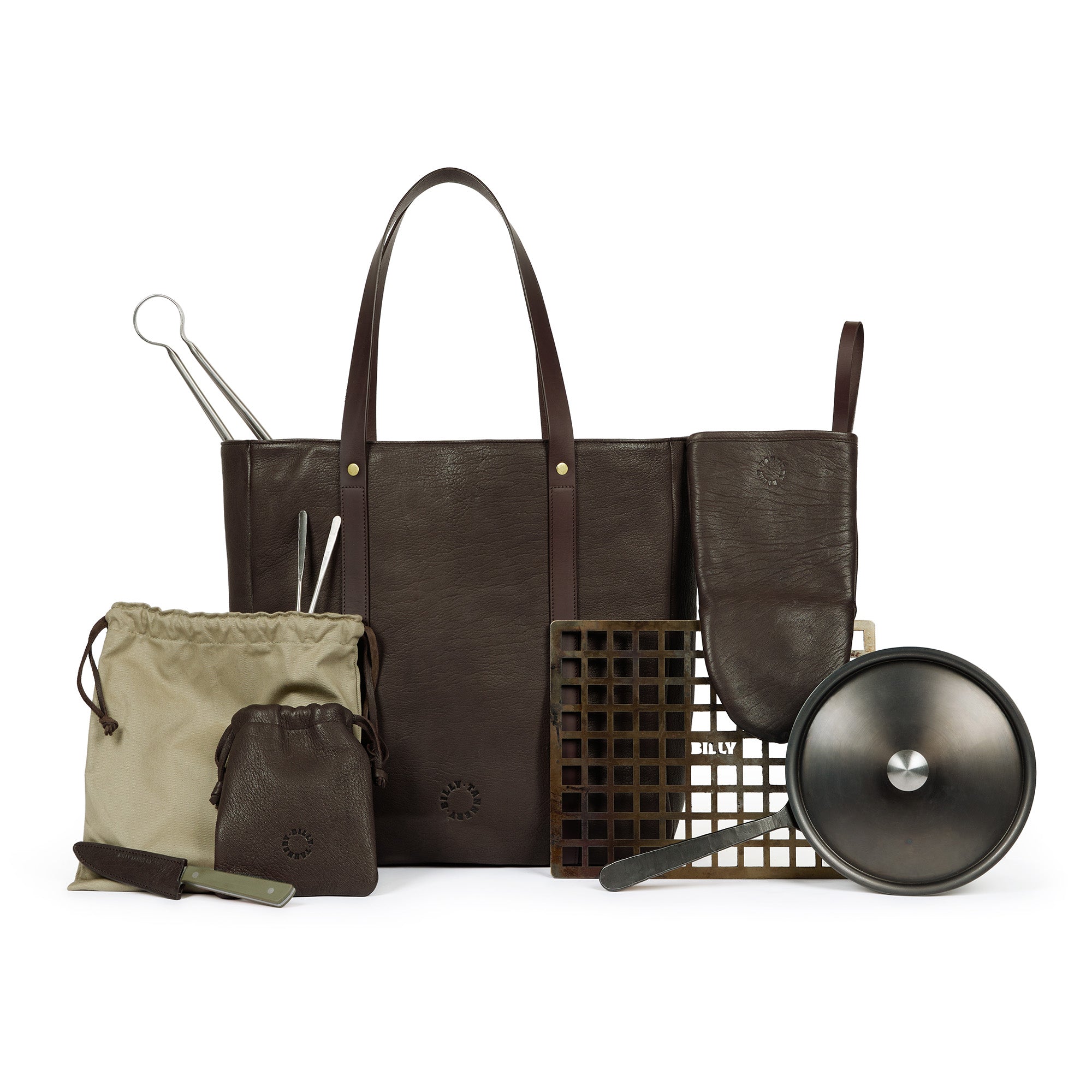








Comments
Fash Dlamini said:
Well articulated and interesting